Dali – The persistence of memory
Surrealism is beyond reality, but it is not abstract. The objects here are seen, but not in their expected state. The intent is meaning; form is only required to establish enough connection to allow us to think.
We are placed into a dream landscape of water and rocks, with a barren field and a hard-edged table that is simultaneously also a field. The water is in its natural state, and also a risen rectangle.
The clocks melt. Time has become indeterminate and fluid. What we measure in our version of reality as minutes and seconds is the mere beat of a mechanism. The melted clocks’ mechanisms surely cannot continue to work, but time seems to continue whether or not it is measured by men. It is measured in the movement from life to death (the dead tree), decay (the fly and the ants), and new life (also the ants colonising and repurposing the pocket watch). Foremost is a melting barely-recognisable face. As for us who get to grow old, this face is also being overlaid with time: and it is securely latched on and not able to be prised off.
In this landscape, like ours, life passes as shadows. Death and decay seem the only long term markers of time.
Only in the title of the painting are we reminded that there may be more. For Dali, perhaps this was to be remembered himself. “The Persistence of Memory”: not what we remember, but that we are remembered.
Perhaps Dali hoped for and achieved a small, but brittle, kind of immortality – because we remember him through this painting. But as Woody Allan said: “I don’t want to achieve immortality through my work; I want to achieve immortality through not dying. I don’t want to live on in the hearts of my countrymen; I want to live on in my apartment”.
In whose mind will you live on? And in whose keeping can you place your soul?
More from Salvador Dali

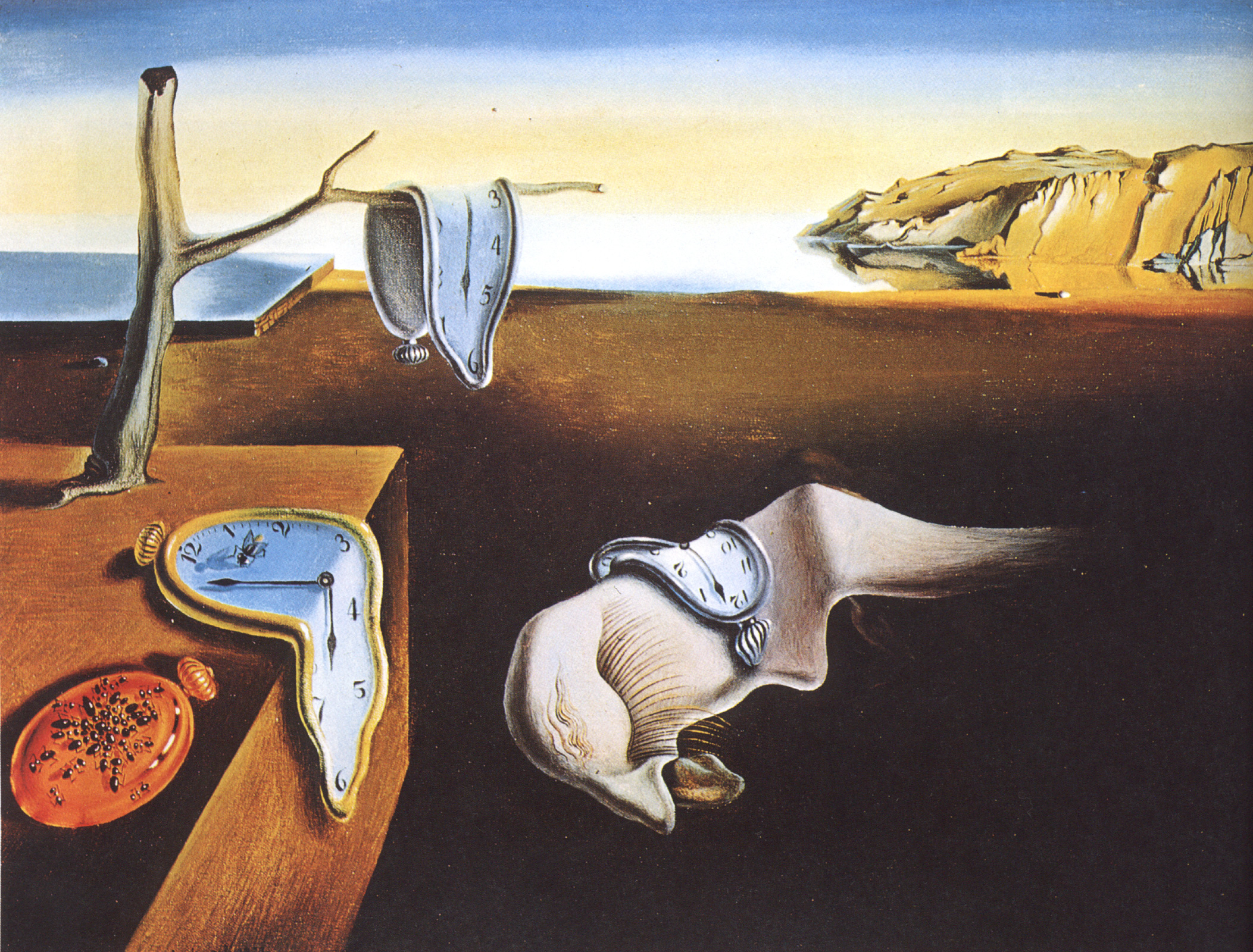
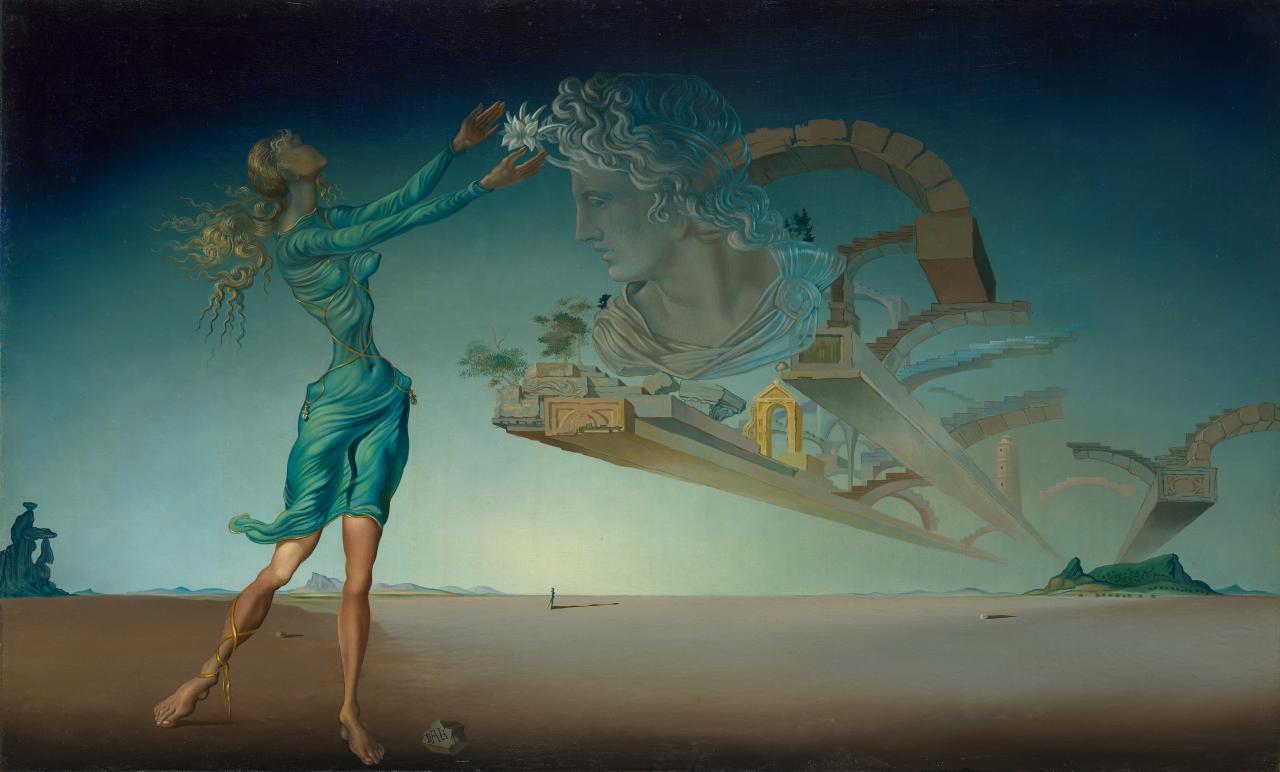
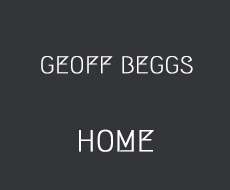
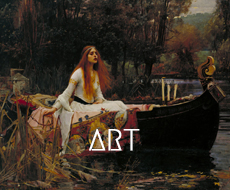

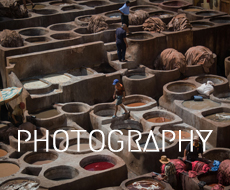



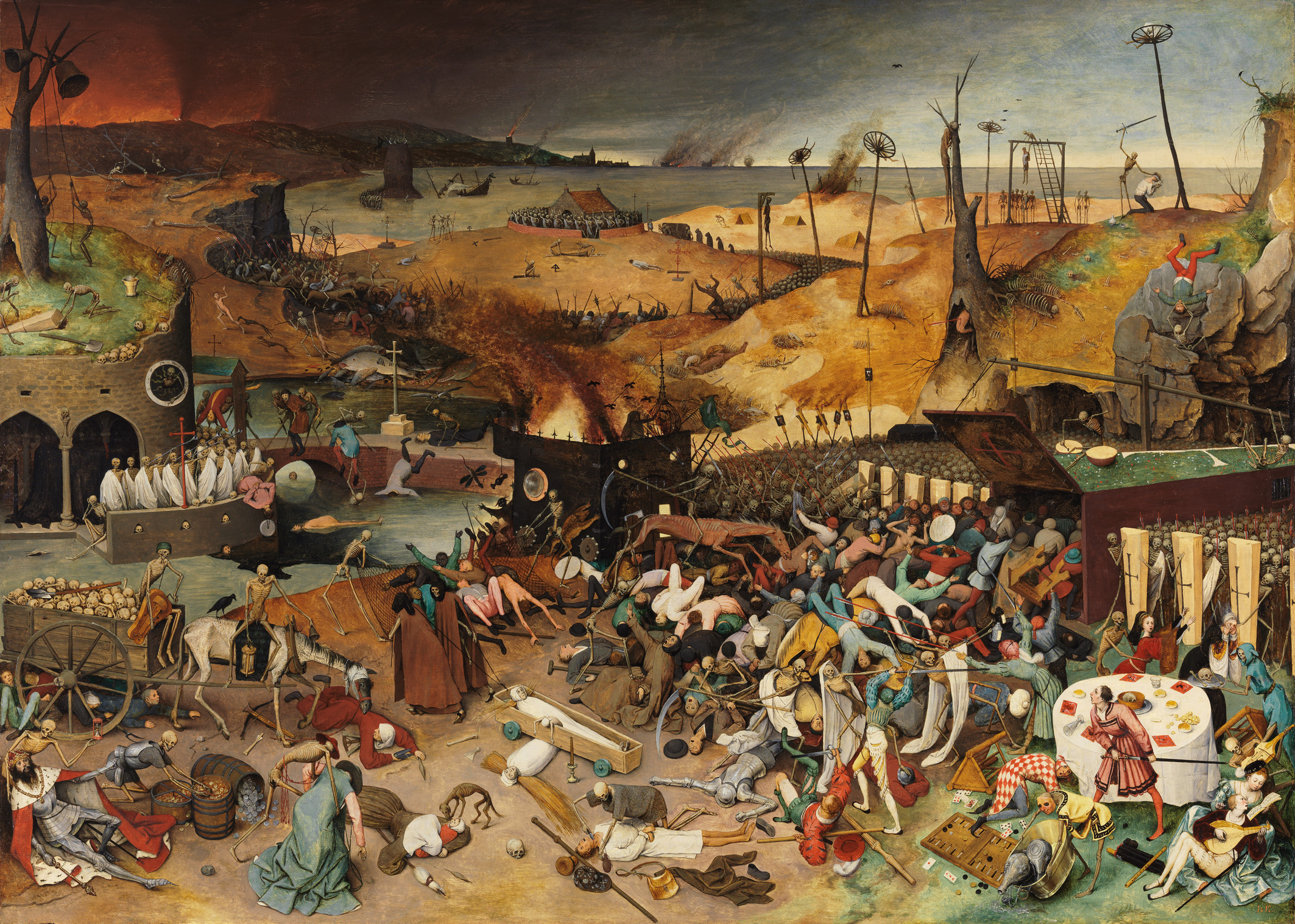
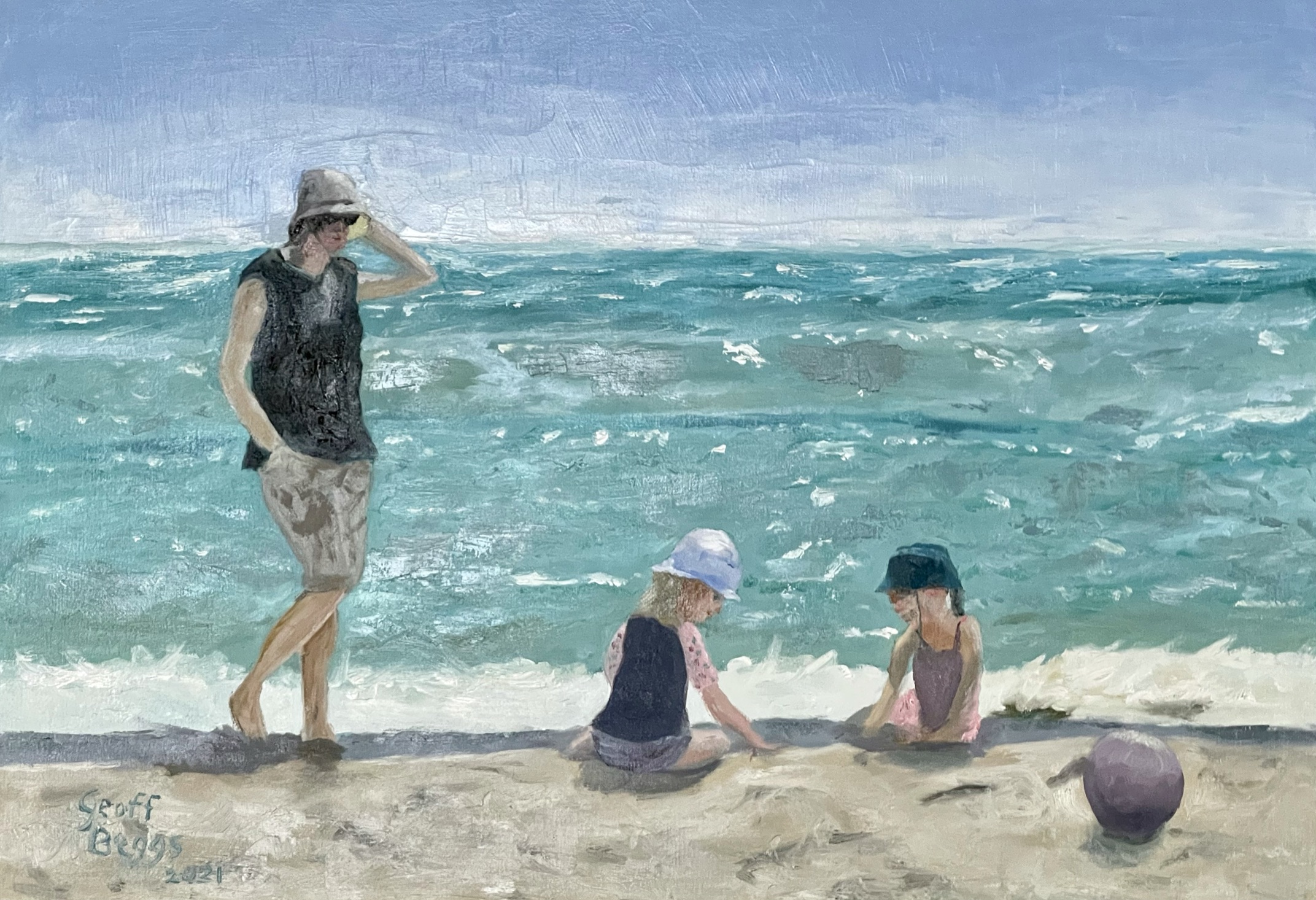

Leave A Comment